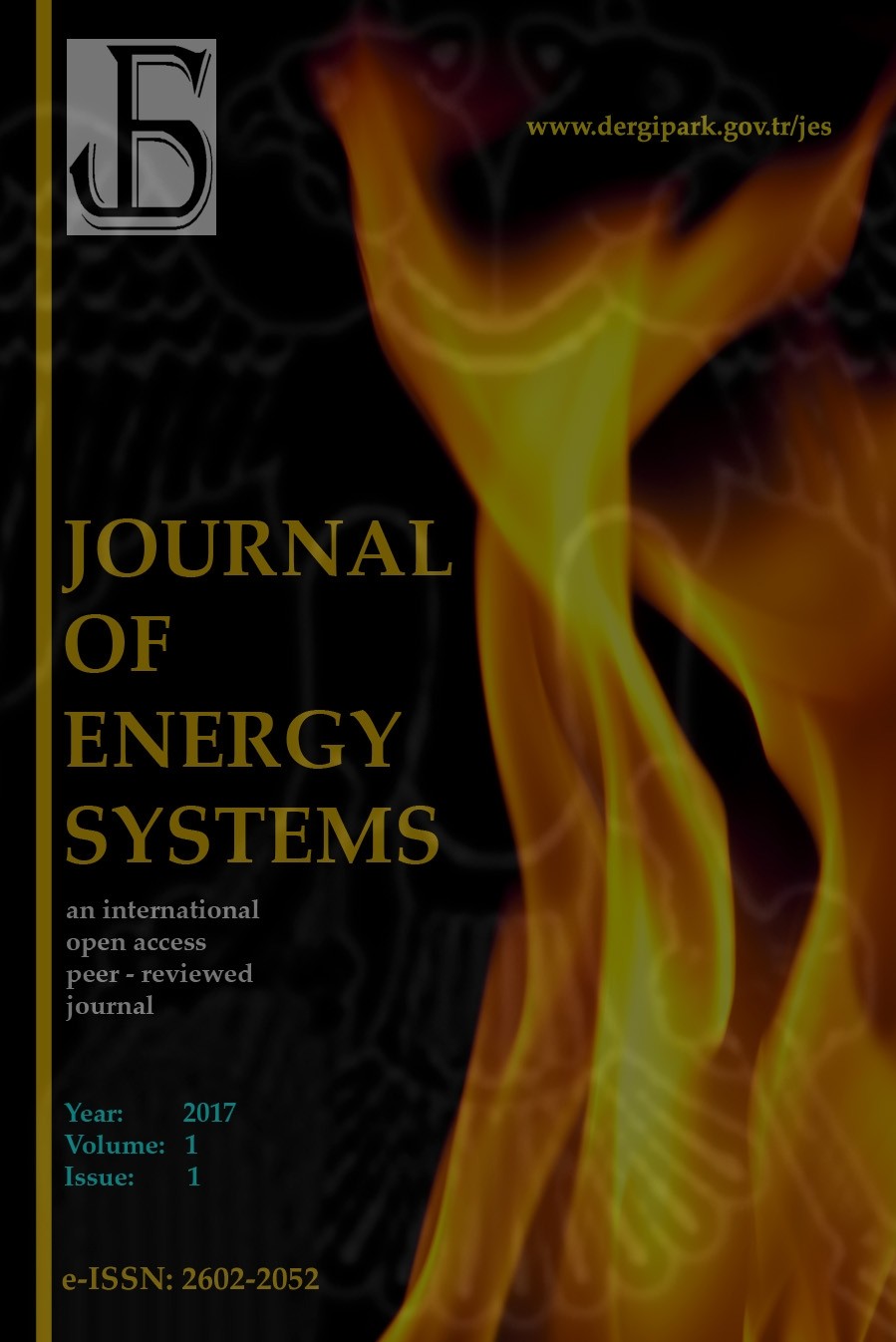The simulation of a new high frequency transformer
The simulation of a new high frequency transformer
Core, Ferrofluid, High frequency, Magnetic fluid, MHz Power, Transformer,
___
- [1] Erickson, RW. Fundamentals of Power Electronics, 2nd Edition. Norwell, Massachusetts USA: Springer International Edition, 2001.
- [2] Colonel, W, McLyman, T. Transformer and Inductor Design Handbook, 3rd edition. New York U.S.A: Marcel Dekker, 2004.
- [3] Balcı, S. Nanokristal nüve malzemesi ile orta frekans güç transformatörünün analizi, tasarımı ve gerçekleştirilmesi [Analysis, design and realization of medium frequency power transformer with nanocrystalline core material] (PhD). Gazi Üniversitesi, Ankara, Turkey, 2016.
- [4] Kul, S, Iskender I, Balci, S. FEA Simulation of the Electromagnetic Effects on the Flux Distribution of the Joints in the Transformer Core Structure. In: ISMSIT 2018 2nd International Symposium on Multidisciplinary Studies and Innovative Technologies; 2018: IEEE, pp. 1-5, doi: 10.1109/ISMSIT.2018.8566684.
- [5] Isa, M Z, Kadir, A, Gomes, C, Azis, N, Izadi, M, Alyozbaky, OSH. Analysis on magnetic flux density and core loss for hexagonal and butt-lap core joint transformers. In: SPEC 2016 IEEE 2nd Annual Southern Power Electronics Conference; 5-8 Dec 2016: IEEE, Auckland, New Zealand, pp. 1-4.
- [6] Tomczuk, B, Koteras, D. Magnetic flux distribution in the amorphous modular transformers. Journal of Magnetism and Magnetic Materials 2011; 323(12): 1611-1615. DOI:10.1016/j.jmmm.2011.01.007.
- [7] Yıldırız, E, Aydemir, MT. Küçük güçlü bir rüzgar jenaratöründe kullanım için eksenel akıllı bir sürekli mıknatıslı motorun analizi, tasarımı ve gerçekleştirilmesi [Analysis, design and realization of an axial intelligent permanent magnet motor for use in a small powerful wind generator]. Gazi Üniv.Müh.Mim.Fak.Dergisi 2009; 24 (3): 525-531.
- [8] Hasegawa, R, Azuma, D. Impacts of amorphous metal-based transformers on energy efficiency and environment, Journal of Magnetism and Magnetic Materials 2008; 320 (20): 2451-2456. DOI: 10.1016/j.jmmm.2008.04.052
- [9] Hasegawa, HWNg, Lee, RAC, Lowdermilk, LA. Amorphous alloy core distribution transformers. In: Proceedings of the IEEE 1991; 79 (11):1608-1623. DOI: 10.1109/5.118984.
- Başlangıç: 2017
- Yayıncı: Erol KURT
The simulation of a new high frequency transformer
Tuğba ATAR, Selami BALCI, Ahmet KAYABAŞI
Fixed and adjusted optimal tilt angle of solar panels in three cities in Albania
Urim BUZRA, Driada MİTRUSHİ, Eduart SERDARİ, Daniela HALİLİ, Valbona MUDA
Investigation of the performance of ground-coupled heat exchanger technology for tempering air
Mahendra GOOROOCHURN, Maheshsingh MUNGUR, Heman SHAMACHURN, Yashwansingh SURNAM, Fardeen MANDARKHAN, Devin BHOODOO
Sumeet Kumar DUBEY, K Ravi KUMAR
Model predictive control stabilization of a power system including a wind power plant
Islam Ahmed ALİ, Abdel Latif ELSHAFEİ
Mohd Faısal KHAN, Mohd Rizwan KHAN
Future value creation of German energy companies through smart home applications
Andreas ENSİNGER, Max Robert SALZER, Karlheinz BOZEM, Anna NAGL, David Keith HARRİSON, Bruce Macleod WOOD
Nabaz Mohammedalı RASOOL, Serkan ABBASOĞLU, Mehrshad HASHEMIPOUR
